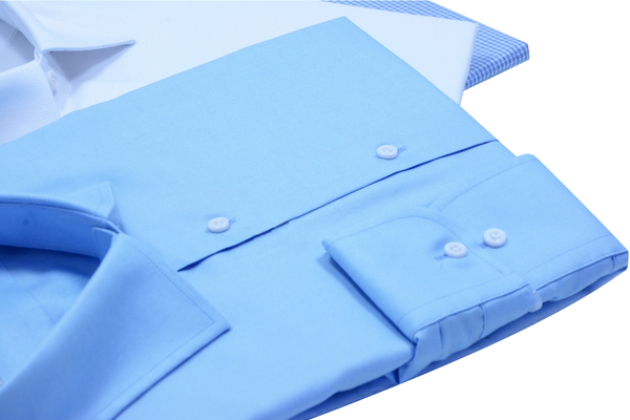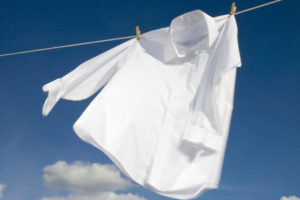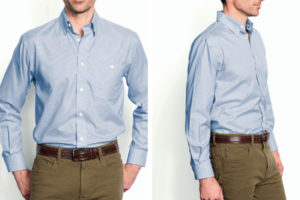
Know The Differences Between Wrinkle-Resistant And Non-Iron Dress Shirts
There are many who don’t understand the differences between Wrinkle-Resistant and Non-Iron Dress Shirts or try to do so. This week’s blog will enumerate the differences between Wrinkle-Resistant and Non-Iron Dress Shirts.
The first basic difference lies in the fact that you don’t have to iron Non-iron treated shirts after wash. They look completely sharp, flawless and professional all throughout the day and they would continue to do so even when they’re not treated. Also, they display better wrinkle-resisting performance when stashed against wrinkle-resistant shirts.
Wrinkle-resistant fabrics, on the other hand, require pressing or ironing after wash if you’re looking for a neat, professional appearance.
Non-Iron shirts can be worn as office wear on the weekdays with a bit of normal wash. The shirt remains relatively unchanged except from points of articulation such as the inside of the elbows.
In Terms Of Feel:

Wrinkle-resistant treated fabrics led a similar feel and look like that of untreated fabrics. The fabric is subjected to the treatment during the finishing process instead of a fully furnished shirt making it more soft and breathable. Another highlight is that all proper cloth wrinkle-resistant fabric materials are 100% cotton.
Non-iron shirts are comparatively less breathable and less smooth in terms of feel. Therefore, check if non-iron shirts are made of 100% cotton only so that they are comfortable for extended wear.

In Terms Of Manufacturing:
Wrinkle-Resistant fabrics are treated with a water-based chemical process during the production process and not once the shirt is produced. The fabric is then ready to be cut to the required design and size specifications in the wrinkle-resistant fabric material.
Non-Iron shirts differ from wrinkle-resistant fabric in that they are cut and sewn to custom design and size specifications, and then suitably placed in a non-treatment vat. The process involves the use of specially prepared fabrics subjected to non-iron treatment saturating the entire shirt. Here the cotton fibres are bonded to each other at a molecular level and this makes the fabric tough to crease.
Other factors:
It should be remembered that the underlying fabric weight, cotton quality and weave of a fabric play a dominant part in its overall wrinkle resistance.
Usually, thinner fabric made of single ply construction will tend to wrinkle easily compared to 2-ply fabrics having a bit more body. Broadcloth (also called ‘poplin’) wrinkles quite easily if it’s thin. Therefore, if you are looking for a shirt that requires less maintenance, then go for pinpoint, twill or royal oxford.
High thread count fabrics (120s-170s) are considered to be tad more fragile and prone to wrinkling compared to other fabrics. This means the best natural wrinkle resistant fabric will have 80’s or 100’s 2-ply fabrics built.
Recent Posts

